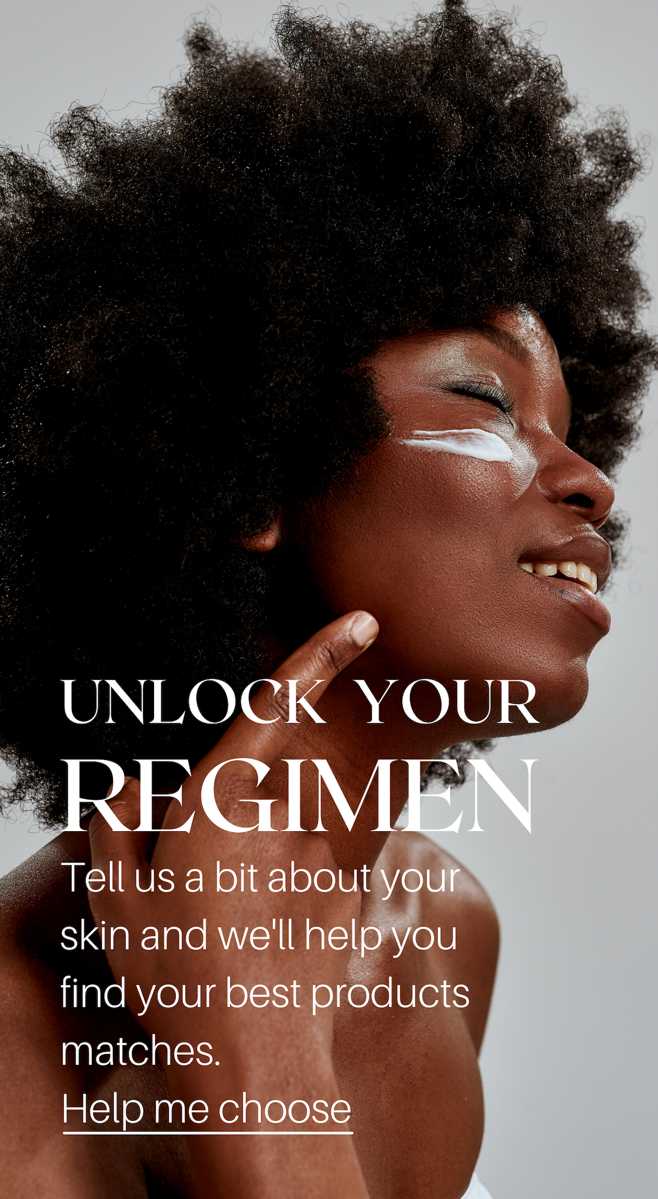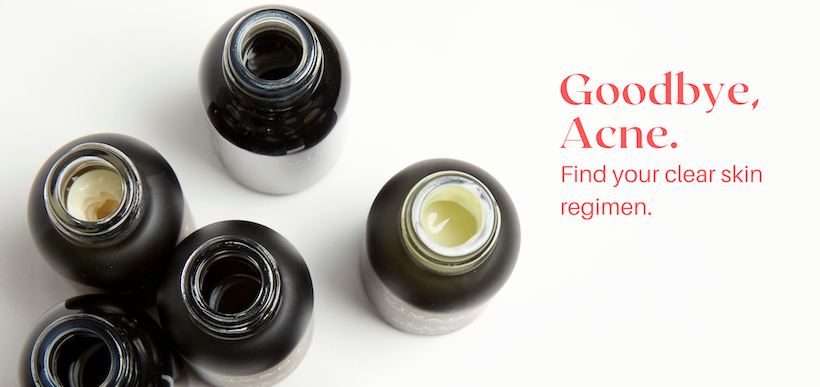From Dull to Dazzling: Radiance Through Retinoids

Wade through the endless list of skin care super-ingredients, the must-haves, the top trenders, and you will ultimately find your way back to the one absolute, indispensable player: vitamin A, aka retinoid. Why? Because nothing is more effective for targeting the two biggest skin complaints on the faces of the earth: acne and aging.
Tell Me More
Retinoids are compounds related to vitamin A, a nutrient that’s essential for the health of skin cells. You’ve probably heard of Retin-A®, the gold standard prescription treatment for aging. It was co-developed in the late 60s by Dr. Fulton as a treatment for acne, but its benefits for preventing and repairing signs of aging in the skin quickly became apparent. That opened the door to a revolution in skin care an avalanche of retinoid products.
Retinoid, Retinol, Retinyl. Why so many ways to say it?
Because science. The word retinoid refers to the whole class of vitamin A acids that activate retinoic acid receptors (RARs) in the skin. There are a number of other terms—retinol, retinaldehyde, retinyl, retinoic acid—and more subsets within those—palmitate, propionate. They are all slightly varying forms of vitamin A and either start as, or ultimately get converted to, retinoic acid in the skin in order to be effective.
At the top, in terms of strength, are the prescription retinoids; things like trentinoin (Retin-A®), adapalene (Differen®), and andtazarotene (Tazorac®). These activate all of skin’s retinoic acid receptors and get to work immediately because they do not have to be converted by the body into retinoic acid, hence the tendency toward irritation.
When it comes to the over the counter versions, there’s a wide range and they are definitely not all created equal. The most common are retinol and retinyl palmitate. These are the least potent mainly because the body has to go through a sort two- or three-step process to convert these compounds into retinoic acid before they can even begin to activate RARs in the skin. Retinyl palmitate, gets converted to retinol, gets converted to retinoic acid. That means by the time they start working, they’ve already degraded. They also have a larger molecular structure, which means they’re absorbed more slowly by the skin and don’t make their way to the deeper layers of skin where they can be most effective. That’s the low-res retinoid.
The high-res, most effective non-prescription retinoid is vitamin A propionate. It’s no coincidence it was developed by Dr. Fulton (remember, he was the co-developer of the gold standard Retin-A®). Dr. Fulton developed vitamin A propionate to be as effective as the prescription strength Retin-A® without the irritation. Vitamin A propionate is an ester of vitamin A and proprionic acid. It doesn’t have the lag time or conversion issues of retinol or retinyl palmitate and has a smaller molecular structure so it’s absorbed more quickly and works at the dermal layer to transform skin texture and tone.
What does vitamin A propionate do for my skin?
Glad you asked. Vitamin A propionate accelerates cell turnover from 30 days to between 10 and 14 days. That means dead skin cells shed off more quickly and fresh, new healthy cells take their place. It stimulates collagen production, refines surface texture, diminishes wrinkles, helps to reverse photodamage, reduces the appearance of pores, age spots, and fine lines, all while clearing impactions and blemishes. Skin becomes smoother, clearer, firmer and more vibrant in appearance. Is there anything vitamin A propionate can’t do? The dishes.
Bring Your A-Game
For keeping skin looking clear, vibrant and youthful, vitamin A propionate is a skin care requisite. Vivant Skin Care offers a whole collection of vitamin A propionate-based serums designed to refine, renew and retexture skin, from a starter serum to advanced strength for skin already accustomed to vitamin A therapy. Start with a lower concentration and, as skin adjusts over time, bump up to stronger formulas.
Because of the highly active nature of vitamin A, you will likely see some micro-exfoliation. Don’t worry. That means it’s working. That’s the cell turnover. Add a little Buffing Grains into your routine to help remove any flaking. Don’t increase your moisturizer. Your skin isn’t dry. It’s regenerating. That’s the key to smooth, beautiful skin.
Shop Vivant’s vitamin A collection.


Comments
vitamin A propionate can use in daytime during sun